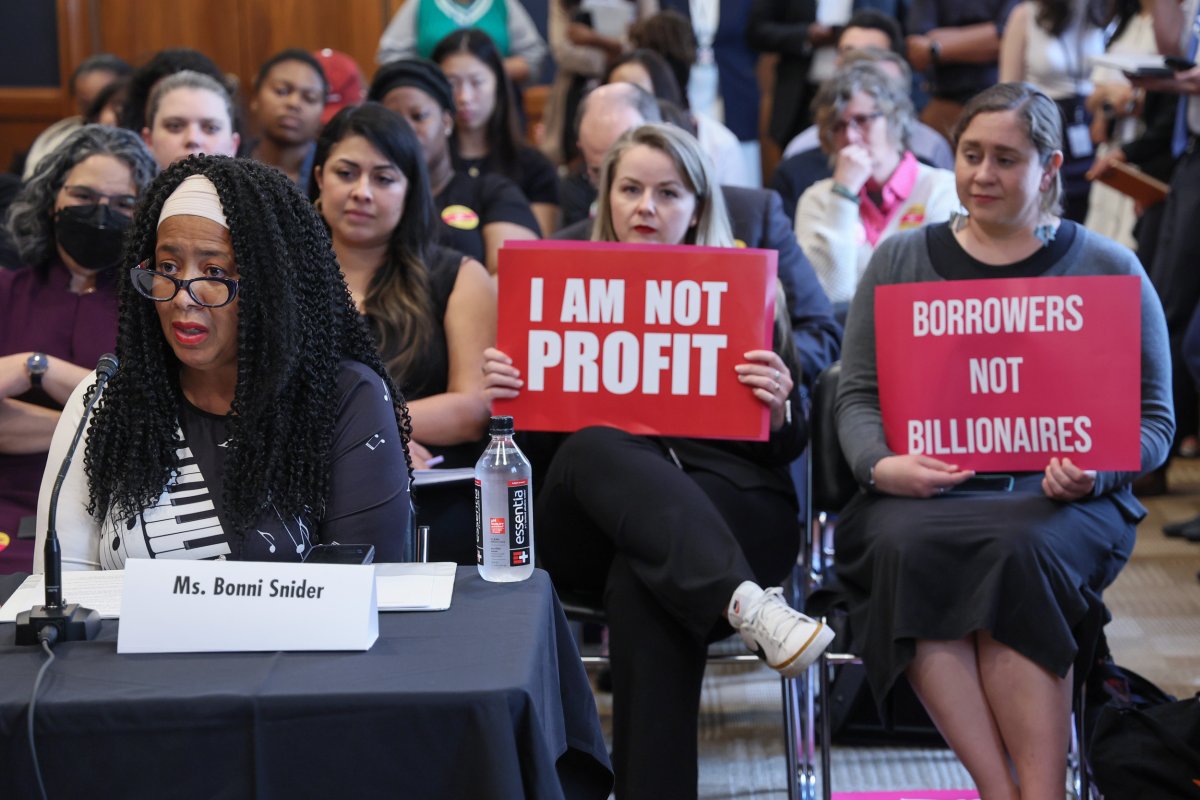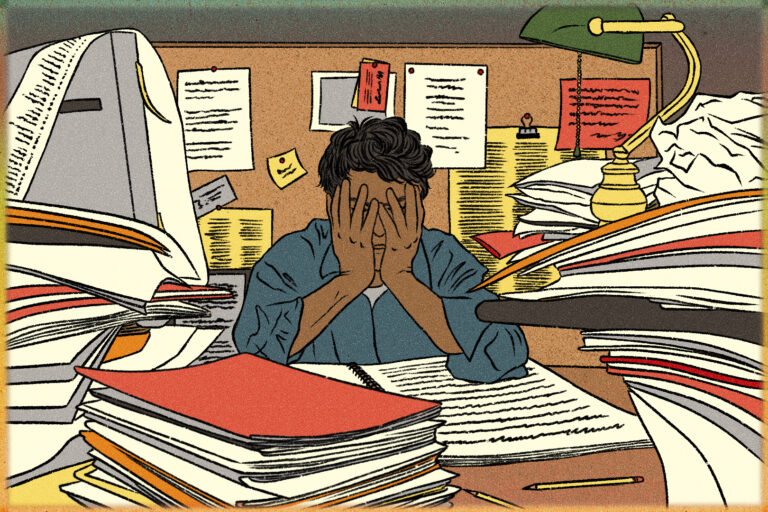
Nearly 8 million federal student loan borrowers are expected to see a drastic increase in personal costs starting August 1 as the U.S. Department of Education has directed loan servicers to resume interest charges following a lengthy pandemic-era, interest-free forbearance period.
Newsweek reached out to the Department of Education via email for comment.
Why It Matters
The return of interest accrual is expected to create financial hardship for working families holding federal student debt. The decision to resume charging interest impacts individuals who had been assured through Department of Education communications that their balances would remain unchanged during the forbearance period.

Jemal Countess/Getty Images for Student Borrower Protection Center
What To Know
Beginning August 1, federal loan servicers will begin accruing interest on the accounts of nearly 8 million borrowers who were previously granted an interest-free forbearance period, according to a new analysis published Wednesday by the Student Borrower Protection Center (SBPC).
The Trump administration is moving forward without any federal or state court order mandating the resumption of interest or challenging Education Secretary Linda McMahon‘s discretion to continue the interest waiver.
SBPC Legal Director Winston Berkman-Breen told Newsweek via phone Wednesday that the Trump administration and McMahon “clearly have a lot of disdain for individual borrowers” and have gone out of their way to undermine borrowers’ ability to repay their loans in the way that Congress intended.
“We see this most clearly with the income-driven repayment plans—payments set to their monthly incomes—and with the public service loan forgiveness in terms of people working public service for 10 years and getting debt canceled,” Berkman-Breen said. “In both of these instances, millions of borrowers have been sort of sitting in limbo, waiting to benefit these programs while there’s a major backlog.
“This is just sort of the next iteration of rather than helping people and fixing clear systemic issues within the student loan system, they’re just deciding to charge people more. It’s a complete policy choice, and they’re putting their efforts into this instead of making the system work better for borrowers.”
The SBPC analysis, shared with Newsweek and using data made publicly available by the Department of Education, projects that a typical borrower will be forced to pay more than $3,500 per year, or about $300 per month, in what they describe as “unnecessary” interest charges.
In total, borrowers affected by the policy change will be charged more than $27 billion in interest over the next 12 months.
If you are a borrower who was involuntarily moved into or opted into the SAVE income-driven repayment plan since the spring of 2024, you’ve “been placed in this litigation forbearance” with no fault of your own, Berkman-Breen said.
“This is interest being charged while these people are being prevented from being enrolled in a plan to make monthly payments,” he said. “So, it’s really an insult to injury. They are by definition trying to get into a payment plan to make payments.
“They’re being prevented from doing that, and now the administration is turning interest on while they’re stuck in this limbo.”
What People Are Saying
Education Secretary Linda McMahon, in a Wall Street Journal piece in April: “Borrowers who don’t make payments on time will see their credit scores go down, and in some cases their wages automatically garnished.”
The Department of Education, in an April 21 press release: “Resuming collections protects taxpayers from shouldering the cost of federal student loans that borrowers willingly undertook to finance their postsecondary education.”
What Happens Next
The directive to restart interest accrual is set for August 1 unless further administrative or legal action is taken. Borrowers are advised to monitor official notices from their loan servicer and the Department of Education for updates. The SBPC recommends borrowers review their repayment options and seek guidance in advance of the resumption to mitigate financial strain.




